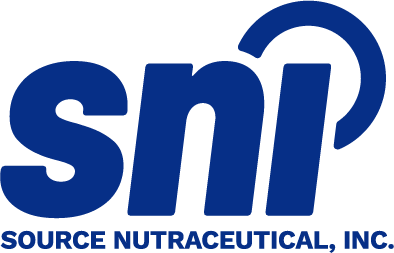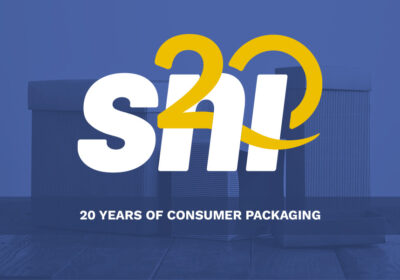May is Celiac Awareness Month in Canada, a time to raise awareness and educate others about celiac disease. Learn more about the disease and how food manufacturers can do their part.

Celiac Disease: A Disease, Not a Fad
Celiac disease is an autoimmune disorder in which the consumption of gluten (a group of proteins found in wheat, barley, and rye) damages the small intestine. Left untreated, celiac disease can lead to an inability to absorb crucial nutrients essential for good health.
Currently there is no cure, but celiac disease can be treated effectively with a gluten-free diet. Many associate the prevalence of gluten-free foods as a trend or fad, but for those living with celiac disease or other gluten-related disorders, gluten-free foods can be a lifesaver.
What Role Do Food Brands Have to Play?
Food manufacturers and brands have an essential role in providing safe and inclusive food options for people with celiac disease. Gluten is a common ingredient found in many processed foods, making it challenging for those with celiac disease to find safe food options.
Cross-contamination can occur during production, packaging, and even preparation of food, which can lead to gluten exposure and damage to the small intestine.
By formulating gluten-free foods, the food industry can ensure that those with celiac disease have safe and accessible food options to help prevent gluten exposure and also promote inclusivity for those with celiac disease.

Gluten-Free Food Labelling Tips
Proper food labelling, including gluten labelling, isn’t just a nice gesture. In Canada, gluten labelling is a mandatory requirement of the food label regulations. Along with priority allergens, Health Canada requires that:
…gluten sources “always be clearly declared on food labels when present as ingredients or components of ingredients. They will appear in the ingredient list or in a "Contains" statement located immediately after the ingredient list.”
WHAT GLUTEN SOURCES MUST BE LABELLED?
Gluten is found in many grains common in our food supply. These include the following crops as well as hybrid crops from the following cereals:
BARLEY • OATS • RYE • TRITICALE • WHEAT
Caution: Gluten can be found in ingredients that are not immediately obvious or that you wouldn’t expect. For example, barley gluten can be found in yeast or malt extract, which are found widely in soups, sauces, and more.
When in doubt about gluten labelling, consult an experienced regulatory and food formulation consultant to assess your label compliance.
>> Learn more about food safety compliance and packaging/labelling compliance.
Gluten-Free Products Are an Opportunity
 Furthermore, offering gluten-free options can be a business opportunity for food manufacturers and brands. As more people are diagnosed with celiac disease and choose to follow a gluten-free diet for other health reasons, the demand for gluten-free products continues to grow. By offering gluten-free options, companies can tap into a growing market and cater to a wider audience.
Furthermore, offering gluten-free options can be a business opportunity for food manufacturers and brands. As more people are diagnosed with celiac disease and choose to follow a gluten-free diet for other health reasons, the demand for gluten-free products continues to grow. By offering gluten-free options, companies can tap into a growing market and cater to a wider audience.
A word of caution regarding safety and labelling: the gluten-free market has faced criticism in the past for products that are labeled as gluten-free but still contain trace amounts of gluten, which can be harmful to people with celiac disease.
Therefore, it is essential for companies to take proper measures to ensure the safety and quality of their gluten-free products.
How to Get Involved (Individuals & Brands Alike)
During May, your donation to the Canadian Celiac Association will have 2X the impact.
Learn more and donate today.
Need Help with Food Formulation, Labelling, and Packaging Compliance for Gluten-Free Foods?
The SNI team brings extensive experience helping the food industry comply, including gluten-free needs. Learn more about food safety compliance and packaging/labelling compliance.




